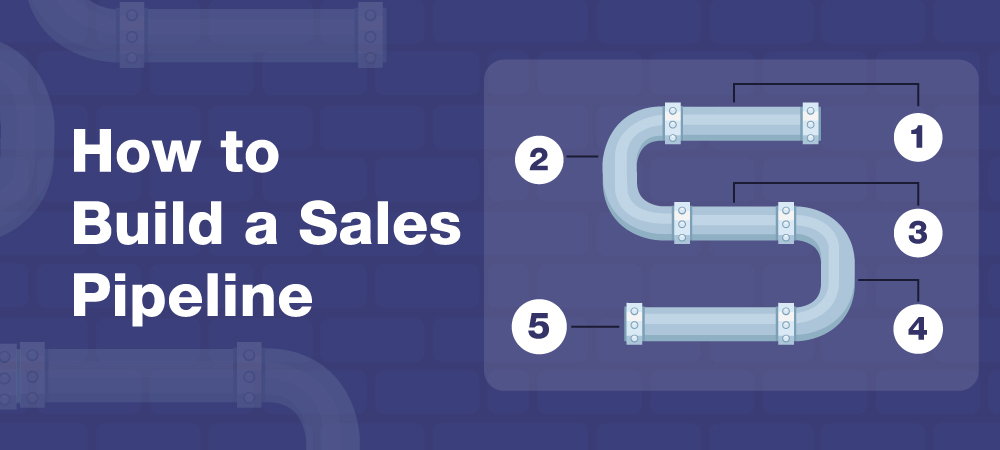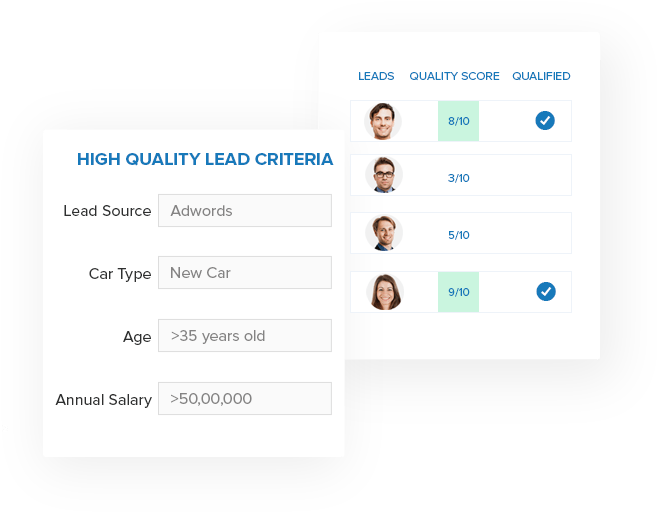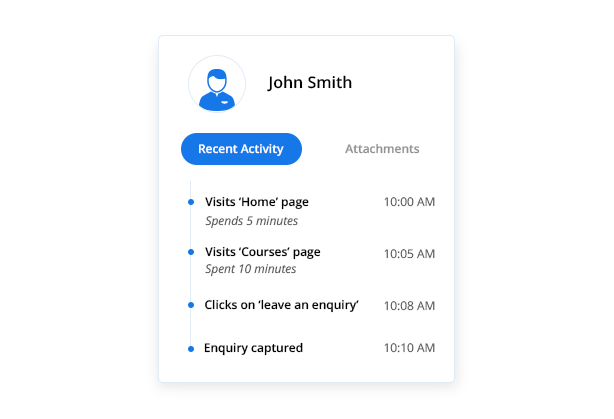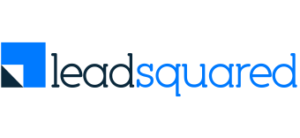In general terms, a sales pipeline is a marketing tool that creates a visual overview of how far a sales prospect has moved through the buying process. But getting the process is not so easy. In this article, I will attempt to teach how to build a sales pipeline for your business.

But why should you build one in the first place? Because, sales pipelines provide clues about the performance of a sales team, and whether they are on track to reach their monthly quota. Sales managers and reps can then use the pipeline as a forecast for estimating the number and value of deals that are about to close.
No matter how good a salesperson you are, prospects who first enter the pipeline are rarely ready to buy on the first contact. However, you still need to track all those ongoing conversations.
Here’s how to build a sales pipeline which will help you closely monitor every stage of the sales cycle and ensure each prospect receives the appropriate level of attention needed to close the deal.
How to Build a Sales Pipeline
The first step in laying the foundation of a sales pipeline is to define the sales processes you need to track. You want to be able to pinpoint where a prospect is in the pipeline and have your sales team know which actions come next.
Every sales pipeline will be different, but most organizations will need the following sections:

Initial Meeting
The first stage of the pipeline will naturally start when a prospect first contacts the organization. The first level of communication may be by phone or email.
Accurate tracking is needed to ensure each call receives a follow-up. If a response is received, then the prospect is moved to the next stage of the pipeline.
If the prospect is unresponsive to repeated engagement, then they are a cold prospect and should be removed from the sales process.
A well-structured database will be needed to categorize the clients. Classify your prospects into high-tier accounts, mediocre tier, and a low-level repeat tier.
The reason for the division is the high-tier accounts will be prospects considering a large purchase. A more significant financial investment means more contact time will be needed to close the deal. Lower tier accounts are much easier to finalize and will require less contact time.
Qualifying the Prospect
Qualifying your prospects involves finding out more about them. Is it the right time for them to purchase, do they need your product, and do they have the financial capacity to make a purchase? These and other questions should be asked to help you determine if a prospect is worth pursuing.
Careful management during the qualifying stages is needed to ensure the pipeline doesn’t empty itself of prospects.

For instance, if you have four highly qualified customers, seven that are warm, and twelve cold customers, you will need to revisit step one to add more prospects to the queue.
Hot customers are about to leave the pipeline, and the 12 cold customers are likely to fall through. Your sales team is now only left with seven warm customers, which isn’t enough to keep the sales pipe flowing smoothly.
Hard and fast rules for your sales team to follow will help guide a prospect through the pipeline. For instance, to move to the proposal stage, you will need some indication from the prospect that it’s okay to do so, and that they have the budget to cover the purchase.
The trigger could be a verbal go-ahead, or it might be an email requesting an appointment.
Sending the proposal
The proposal stage is where you feel confident that you can close the deal and submit your first proposal. Some organizations will call this the “quoting stage.”
Use the information you have gathered from the qualifying stage to carefully tailor a proposal that highlights how your product or service will meet the prospect’s needs and wants.
Proposals can take a variety of formats. Some companies use emails or .pdf documents. Depending on what you know about your customer, a PowerPoint presentation may also be a useful tool with which to create a proposal.
Whichever method you use, be sure to discuss all the points and details about how your product or service will work for the customer, whether that be improving their life in some way, helping them get more done in a shorter time, or some other must-have benefit.
Negotiating prices
The negotiation phase of the pipeline is a critical juncture of the sales process. It indicates that the prospect has had a favorable response to your proposal, but more adjustments are needed to seal the deal.
Negotiations will usually cover price, features, or both. A sale cannot be finalized until the satisfactory conclusion of the negotiation phase.
Closing the sale
The closing phase is where you will finalize the deal with the customer and get the sale. Success in this area will depend on how well you moved the prospect through the negotiation phase.
It’s essential to get through this phase as quickly and efficiently as possible.
Following up with the customer
If you didn’t make a sale on the first go around, it’s okay to check back later to see how the prospect is getting on.
You should also check in on your paying customers. You can verify that they are happy with the purchase and are using it to its full potential.
It also doesn’t hurt to ask if there is something else you can help them with for a possible upsell or cross-sell opportunity.
A large purchase may require more follow-ups to ensure the customer is happy with every facet of the agreement.
How a CRM can help
To start, all you will have is a list of people who you think may be interested in purchasing your product.
If you have quite a lot of leads, then you will want something more manageable than a Notepad or Evernote file to track their progress through your sales process.
Collate your data
A customer relations manager (CRM) helps you collate data on your prospects and organize it so a sales team can get up to speed on what is happening with each prospect.
CRMs not only help you collect data, but they also allow you to record every interaction you have with a prospect.
Record Everything

CRMs can record every outcome, whether they are successful or not. If you can measure the sales process, then you can find ways to improve it.
Without records, you would have no way to know that a sales channel has only been able to bring in cold leads, or that a Facebook ad has been filling the pipeline with warm and hot leads. Knowing this information allows you to drop what’s not working and devote more resources to strategies that are creating results.
Looking for a CRM to help build your sales pipeline? Why don’t you give LeadSquared a whirl? It’s specifically built to transform your sales teams and help them sell better. Take a trial to see for yourself.







